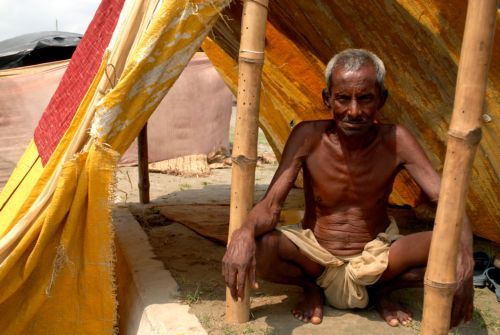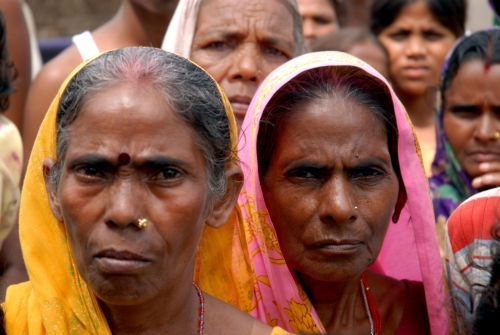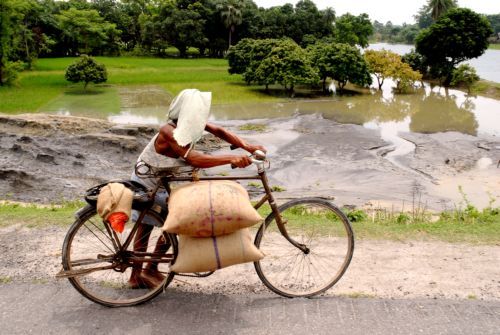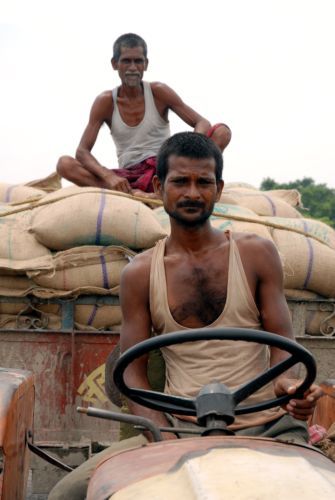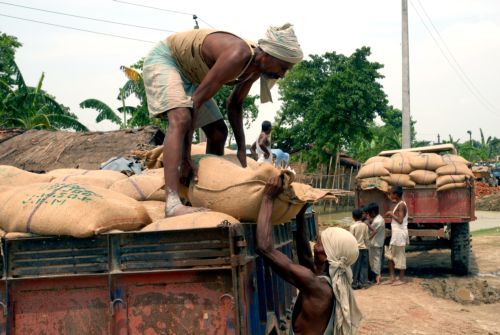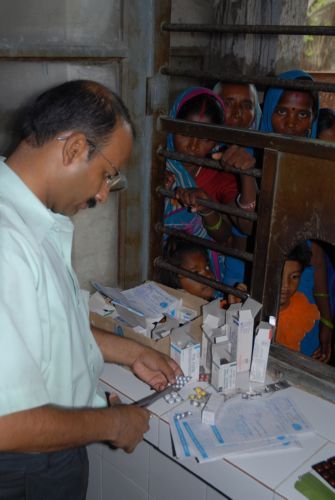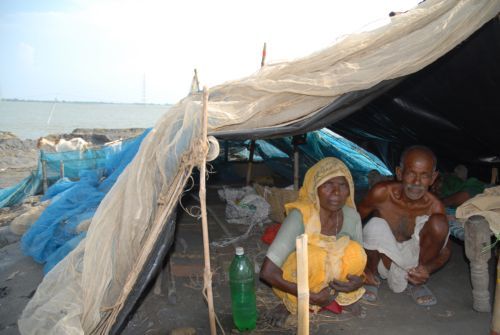August 01, 2007 | Pulitzer Center
No stranger to hardship, northern Bihar state – India's poorest and most corrupt – is faced with some degree of flooding each year. But none in distant memory compare to this year's monsoon deluge, a symptom of climate change that has affected tens of millions, killed hundreds and exposed the extent of state neglect rooted in class politics.



